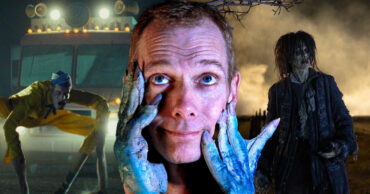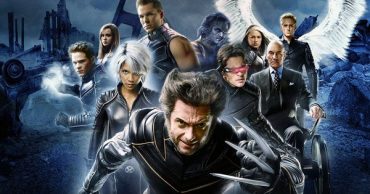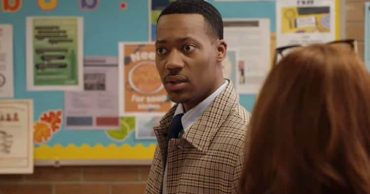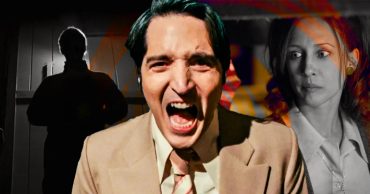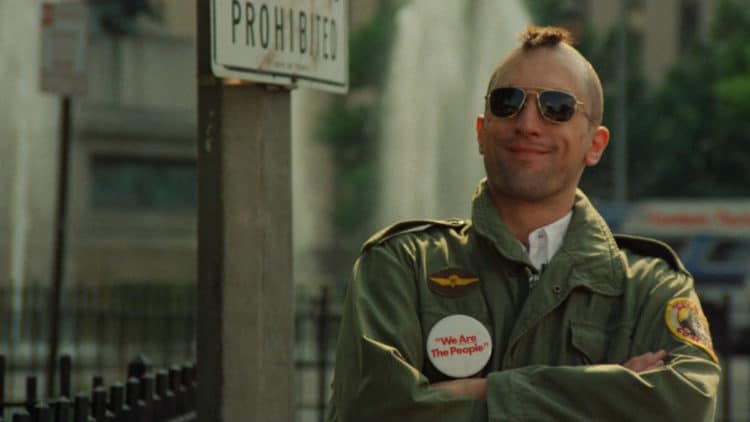
Martin Scorsese films are no stranger to death. Of course, the legendary director is known for his violent gangster dramas so bloodshed in a Scorsese pic is no surprise. However, which one of these moments packed a true, lasting punch? This article will highlight the five best deaths in Scorsese’s prolific filmography. Let’s get started with the first moment.
Travis Bickle’s Rampage at the East Village
The story of Travis Bickle is a fascinating one. Travis is clearly suffering from a mental disorder; He’s a lonely and depressed man who finds solace in trying to rid New York City of its filth. On the surface, Travis is a hero. He saves Iris from her life as a prostitute, but that was firmly after his failed attempt at murdering Senator Palatine. The movie’s message about mental illness and violence is what makes Taxi Driver such a fascinating film. On one hand, Travis going on a rampage by killing Sport and his goons is a great thing. On the other, Travis being hailed as a hero will only fuel his obsession and justify his actions as right. He may have not killed Senator Palatine, but what’s stopping him from trying again? The questions surrounding Travis’s outburst are what really gives the deaths of Sport, the bartender, and the mafioso movie gravitas, but it’s hard to not root for the anti-hero as he rampages through the East Village.
James “Jimmy” Hoffa
Another death you can see coming a mile away, but it’s Scorsese’s strong direction that makes these moments so memorable. Out of all the deaths on the list thus far, Jimmy’s wasn’t out of spite or revenge as Frank didn’t want to do it. Jimmy pretty much dug his own grave by badmouthing Fitz and feeling that he’s untouchable. What these gangster movies make clear is that no one is untouchable, unless you’re considered a made man. The moment Hoffa stepped into the house he knew it wasn’t right. Despite the gun in Frank’s hand, he never considered that Frank would cross him because they were legitimately friends. It’s definitely one of the saddest deaths in Scorsese’s gangster film. Even though we see it coming, the time spent on these characters and the chemistry between Hoffa and Frank has us wishing that Sheeran opted to go against his bosses’ commands.
Tommy DeVito
Tommy DeVito was a loose cannon, so his comeuppance over his murderous antics rightly came back to haunt him. Still, despite Devito clearly being a quick-tempered psychopath, he turns out to be one of the most memorable characters ever displayed onscreen. A good reason for that is due to the tremendous performance of Joe Pesci, who’s able to balance the suave coolness of DeVito and effortlessly turned into this cruel, foul-mouthed monster. As I previously mentioned, DeVito’s death was no surprise, but in the manner that it happened certainly was. In real life, Tommy DeVito is based off Thomas DeSimone, who mysteriously disappeared in 1979. His body has never been found, though it’s assumed that DeSimone was murdered. DeVito’s death was quick and ruthless. The brief shock of him being set up, to the nasty bullet through the back of the head was masterfully done. Tommy may have been the most entertaining character in Goodfellas, but his death was certainly justified.
Billy Costigan
Colin Sullivan has finally been exposed as the rat. After being a right-hand man for Costello, the emotional toll that Costigan was going through was seemingly paying off. That moment as the duo went down on the elevator was the perfect calm before the storm. Sullivan felt weak and powerless and wanted the easy way out, but then he’s saved when Costigan’s brains was splattered once the elevator door open. For eagle eyed viewers, the sudden burst of death was no surprise given the duct taped X sign behind Costigan’s head. Still, the hero doesn’t get the happy ending of completing his mission. Sullivan emerged the last man standing in this war of bullets and brains, but the seedy cop ultimately got what he deserved in the end.
Colin Sullivan
Oddly, Sullivan’s death is the second most satisfying behind Travis Bickle’s rampage at the East Village. Sullivan isn’t a Tommy DeVito-type character, while he’s definitely a two-faced snake, he doesn’t have the fun charm and colorful dialogue that actually makes you sort of root for the guy. Sullivan is more than a rat. He’s a seedy criminal with no remorse or disregard for what he’s done. He seemingly won the battle and doesn’t feel any empathy for his actions. So when Sgt. Dignam greets him with a bullet through the head, it’s a glorious moment that saw the bad guy lose in the end.Martin ScorseseTaxi Driver
 Follow Us
Follow Us

